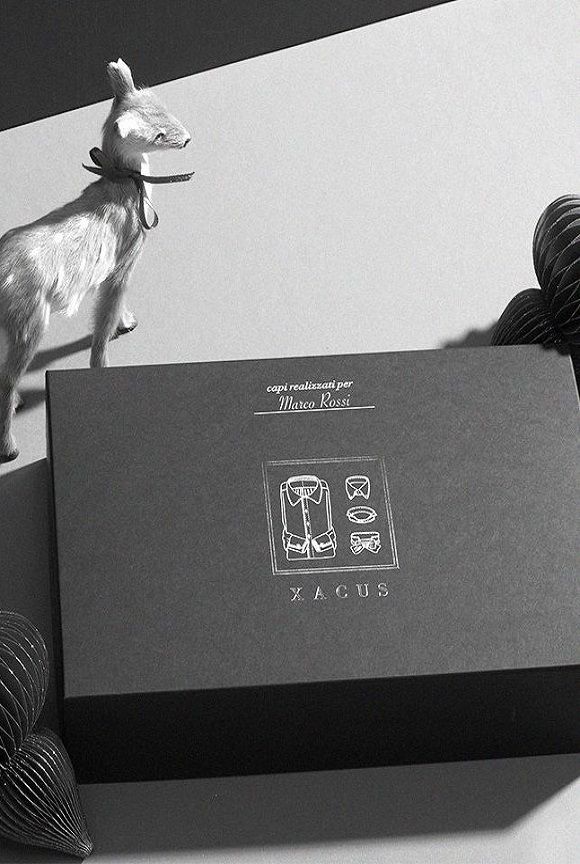The men’s shirt became more elaborate
In the previous post we saw how shirts passed from simple undergarments to aesthetic wardrobe items, especially for women in the early Renaissance. In the latter part of this historic and cultural period, shirts continued to be worn on show and collars began to take on an increasingly important role. Both men and women wore ostentatious collars, which emerged from their clothing with ruffles and stiff lace, known in Italian as the golilla. Towards the mid-1500s, the fashion for the ruff – a very wide collar in the form of a circular frill or ruffle spread throughout Europe. It was a symbol of wealth and power due to the prestigious fabrics used to make it (muslin, lace or white linen), but the ruff was actually so uncomfortable that the wearer’s movements and posture were very stiff and clumsy.
A large, elaborate collar continued to be an important style detail on shirts, even in the 17th century, with the only difference being that they were softer, draping over the shoulders and allowing greater freedom of movement. In the years to follow, Louis XIV, the Sun King launched a new fashion, known as baroque, in the European courts. The term comes from the Portuguese word “barroco” (an irregular pearl) and refers to everything that creates marvel and stupor, which seems excessive or bizarre. In this period, the shirt – and the men’s shirt in particular – became more elaborate, with ruffles, ruches, frills, furbelows, bows, and the famous jabot, a gathered lace decoration, sewn to the chest.
The baroque style, worn by the noble classes was gradually replaced by the bourgeois styles of the 18th century. In particular, with the arrival of the French Revolution, everyone was able to wear the clothes and accessories they preferred. This marked the start of a freer, neoclassical fashion for women, where shirts were again protagonists, and were definitively transformed into outerwear. Worn as a stand-alone item, shirt styles were inspired by the Greco-Roman period, made in light and strictly white, pleated fabrics, and worn long, down to the feet, with a drawstring and fitted to the bust. The lower neckline and shorter, puffed sleeves revealed bare arms for the first time, overturning the image of women from austere to sensual and beautiful.
Do you want to know how women’s shirts developed over the next century? You can find out in the next chapter.

